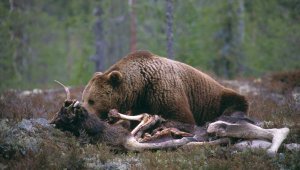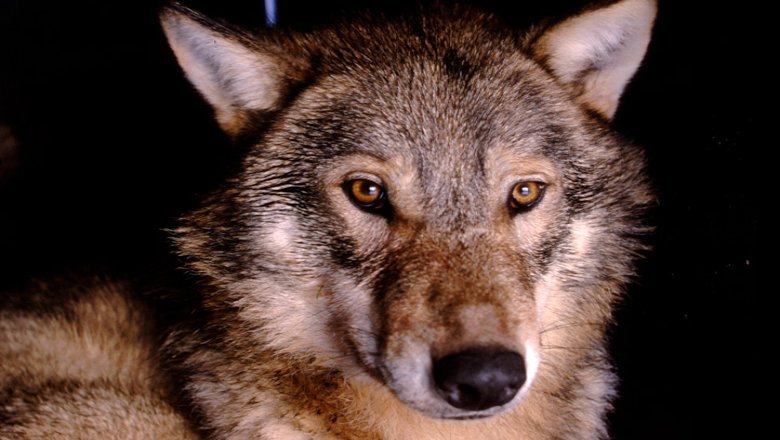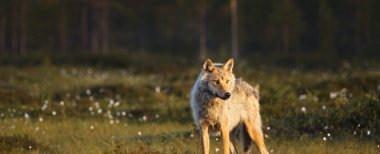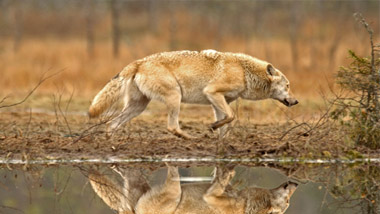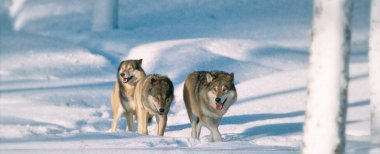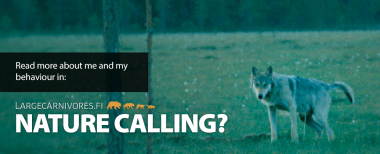The Finnish wolf population was quite abundant until the 1880s, after which it was driven to the verge of extinction. Over the past decades the numbers of wolves have again been increasing and wolves have spread both to the eastern and western parts of the country.
Of all our large carnivore species, wolf is the most difficult to manage because of the various kinds of conflicts associated with it. The often negative attitudes to wolf are based on the damages and risks to reindeer husbandry and livestock and, in particular, to hunting dogs. In monetary terms, however, damages caused by carnivores other than wolves are more severe. The fact that the wolf comes close to human settlements also creates fear and insecurity for some people. On the other hand, some people consider the wolves’ behaviour as natural and the problems as not that important.
The objective of the Management Plan for the Wolf Population in Finland is to reconcile the needs of people living and working in wolf territories, on the one hand, and the protection of the wolf population, on the other. The management plan also responds to the international obligations concerning Finland. The short-term objective of the management plan is a minimum viable population, and the long-term objective is a favourable conservation status.
The new management plan includes a number of measures to address conflicts associated with wolves and to secure a viable wolf population. The measures relate to matters such as research, prevention and compensation of damages, communication and population management. The key focus is on work done at the local level and on the inputs of different stakeholders to the implementation of the management plan. The three projects to be launched under the management plan are concerned with communications related to wolves, centralised information service for game animal damages, and planning and definition of hunting for population management purposes.
The preparation of the Management Plan for the Wolf Population in Finland started as a broadly-based project in autumn 2018. The aim of this cooperation was to strengthen trust in the management, regulation and monitoring of the wolf population and to explore ideas on how to limit the harm caused by wolves and increase the sense of security among residents in areas where wolves occur. In the updating of the management plan, the key focus was on dialogue and cooperation between stakeholders. Proposals for measures to be included in the management plan were collected at cross-regional stakeholder events organised together with the Regional Game Councils in different parts of Finland.
Management Plan for the Wolf Population in Finland (julkaisut.valtioneuvosto.fi, PDF, 494 kt, opens in a new tab)
Read more about the preparation of the management plan (mm.fi)
